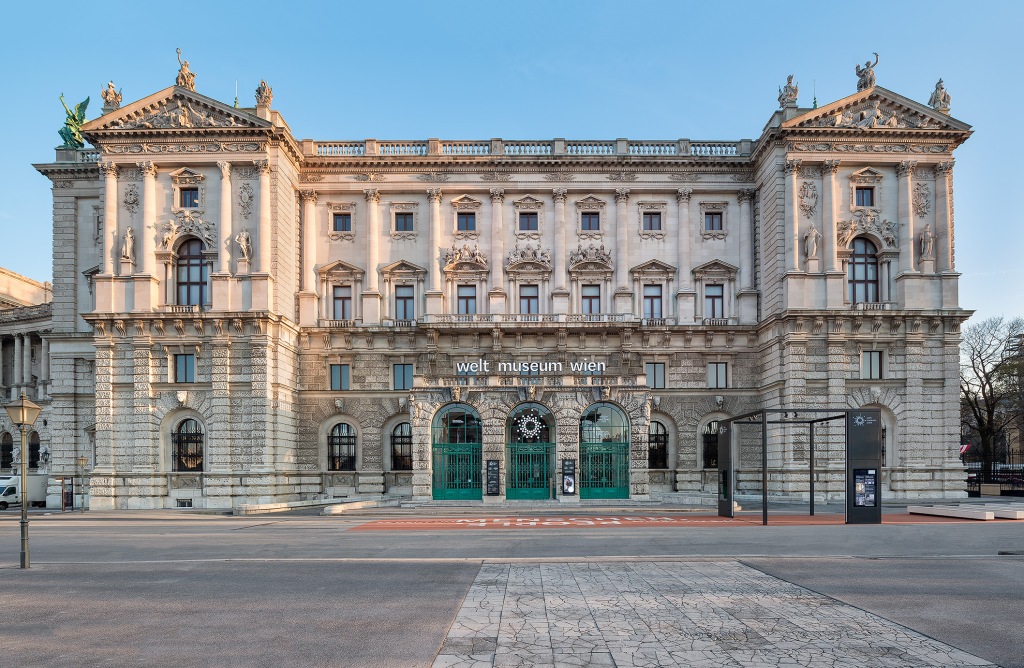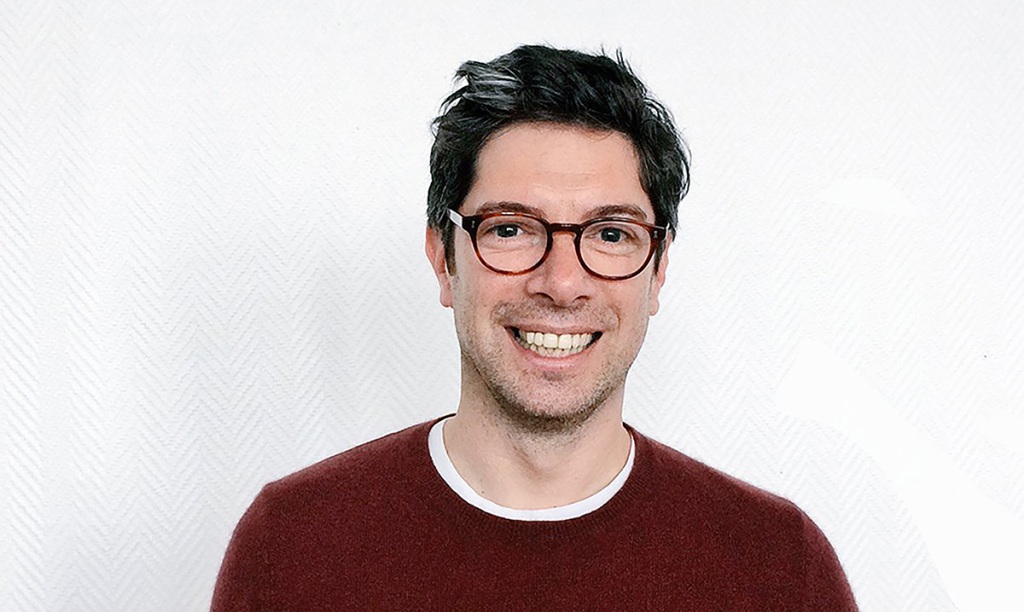Hackers Demand Ransom from Christie’s, Seattle Museum Staff Walk Out, Artist Marc Camille Chaimowicz Dies, and More: Morning Links for May 28, 2024
To receive Morning Links in your inbox every weekday, sign up for our Breakfast with ARTnews newsletter.
THE HEADLINES
LIST OF DEMANDS. In a dramatic twist many had feared, on Monday a group of cyber-extortionists called RansomHub said they were responsible for hacking Christie’s earlier this month and threatened to release “sensitive personal information” for about 500,000 clients, reports Daniel Cassady for ARTnews. Exactly what kind of personal information, and whether it includes financial data, remains unclear. According to The New York Times, RansomHub said it would release the data by the end of May if a ransom is not paid, and posted a countdown timer. The group also claimed they “attempted to come to a reasonable resolution with [Christie’s] but they ceased communication midway through.” However, Christie’s spokesperson Edward Lewine said only “some limited amount of personal data” for certain clients had been compromised, and that the auction house has no evidence the hackers have “financial or transactional records.” The auction house had earlier publicly downplayed the shutting down of its website during its marquee May sales as a “technology security incident,” though the NYT reported there was in-house “panic.”
CANINE OUTCRY. A Nina Beier performance using live dogs at the Museo Tamayo in Mexico City has sparked an outcry from animal rights activists and dog-lovers. Footage of the piece featuring a group of dogs playing dead, titled Tragedy (2011), has gone viral, leading to many social media users and Mexican politicians denouncing the museum and event. Mexico City governor Martí Bartres called for an animal rights investigation, which has since been launched by the country’s PAOT organization. The museum has also issued two statements over the weekend condemning animal abuse and insisting dogs “are treated with dignity and respect.” No dogs were harmed or in distress, it’s important to note, as the trainer was blended into crowd during the performance.
THE DIGEST
Artist Marc Camille Chaimowicz has died at age 77, announced Brussel’s Wiels art center, last week. The Paris-born artist was known for his large, richly chaotic installations that countered Minimalism. [Artforum]
A lost, belatedly authenticated Caravaggio titled Ecce Homo, has gone on display following its renovation at the Prado Museum in Madrid, and after it was almost accidentally sold for just 1,500 euros. The museum has called the work, “one of the greatest discoveries in the history of art,” and will display it until October. [The Guardian]
The Wing Luke Museum in Seattle has remained temporarily closed since a reported 26 staff-members walked out last week to protest the museum’s exhibit featuring “Zionist language,” and “Zionist perspectives,” according to a social media post by demonstrators. “The Confronting Hate Together exhibit shares perspectives from the Washington State Jewish Historical Society (WSJHS) that conflate anti-Zionism as antisemitism,” argues the group in their post. [The Seattle Times]
Artists and legal heirs to artist estates have published a letter in Le Monde demanding to halt the June 6, Christie’s auction of a portion of the modern art collection amassed by the French car company Renault. The collection was part of Renault’s former cultural program designed to introduce the arts to industrial workers. [Le Monde]
The Native Lenape people who lived in what is now Manhattan before emigrants from the Netherlands founded New Amsterdam in 1664 are demanding that the Dutch state formally apologize for ousting their people and offer compensation. Their request comes in time for the exhibition “Manahahtáanung or New Amerstardam? The Indigenous Story Behind New York,” at the Amsterdam Museum. [El Pais]
A newly attributed pastel by Edgar Degas has surfaced in Spain, first acquired by the Spanish artist Julián Bastinos (1852-1918). The work depicts two red-headed women in a brothel, while one powders her face, and corresponds to scenes the artist painted between 1875 and 1885. [Le Quotidien de l’Art]
The Eiffel Tower will benefit from an additional 15 million euros in public capital, to help shore up expenses incurred by the Société d’Exploitation de la Tour Eiffel (SETE), which manages the monument. The financial lifeline follows losses from Covid-related closures, additional maintenance and renovation costs, and strikes earlier this year by workers, protesting the monument’s alleged mismanagement. [BFM TV]
The Italian government has seized the villa where the composer Giuseppe Verdi lived and composed La Traviata, and will turn it into a museum dedicated to him. Four Verdi heirs, and owners of the decaying 19th-century property near the town Piacenza, had planned to sell it on auction for a reported 20 million euros, according to Corriere di Bologna, but are instead set to receive between 8 and 9 million euros from the state. They have the right to oppose the seizure in court. [The Art Newspaper]
THE KICKER
IF YOU BUILD IT. Artist Heidi Schwegler was worried she and her musician partner Kerek Monypeny would be isolated out in the Mojave desert, where they moved to live and make art as close as they could afford to Los Angeles, while remaining in accessible to art centers, reports the Los Angeles Times. It turns out, she needn’t have feared. Heidi founded the Yucca Valley Material Lab, which has become a “landing place for out-of-town artists and people looking for a way to plug into the desert,” writes Angella d’Avignon. Every workshop at the Lab sells out, and it has become part of the region’s pull, as artists priced out of Los Angeles head east. “I built this program because I was really afraid I would become a total recluse out here, because I didn’t think anybody was out here,” Schwegler said. “Come to find out, it’s just like that saying: ‘If you build it, they will come.’”



